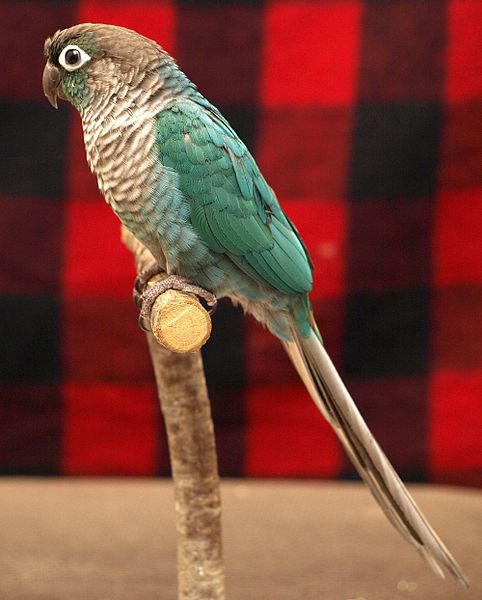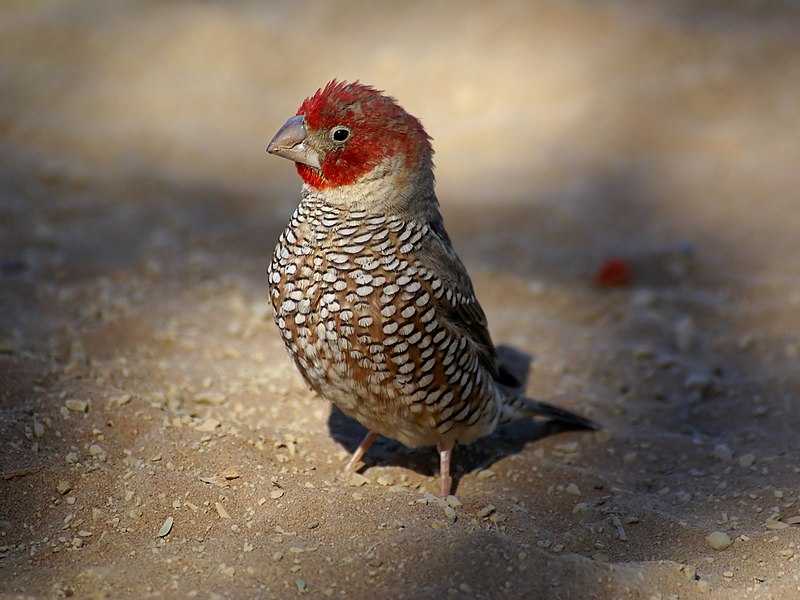 The decision to purchase or adopt a parrot requires careful consideration. For all their wonderful qualities, these intelligent, social birds are very demanding of one’s time and finances, and not suited to all homes. One species, however, stands out as an “almost” safe bet. The Green-Cheeked Conure (Pyrrhura molinae) adapts well to many different situations, and is less likely to display the behaviors that frustrate so many parrot owners. Although not trouble-free, it may well be the best choice for many parrot enthusiasts.
The decision to purchase or adopt a parrot requires careful consideration. For all their wonderful qualities, these intelligent, social birds are very demanding of one’s time and finances, and not suited to all homes. One species, however, stands out as an “almost” safe bet. The Green-Cheeked Conure (Pyrrhura molinae) adapts well to many different situations, and is less likely to display the behaviors that frustrate so many parrot owners. Although not trouble-free, it may well be the best choice for many parrot enthusiasts.
Pet Qualities
The word “fun” invariably arises when Green-Cheeked Conure owners speak about their pets. Even by parrot standards, they are curious and playful. Their affectionate nature and willingness to be coddled is often compared to that of a well-socialized cockatoo. These qualities, along with their small size, have skyrocketed Green-Cheeks into prominence in the pet trade. When I first began working for NYC bird importers in the 1970’s, they were unknown, and were uncommon as recently as 20 years ago. Read More »
 That Bird Blog – Bird Care and History for Pet Birds
That Bird Blog – Bird Care and History for Pet Birds




